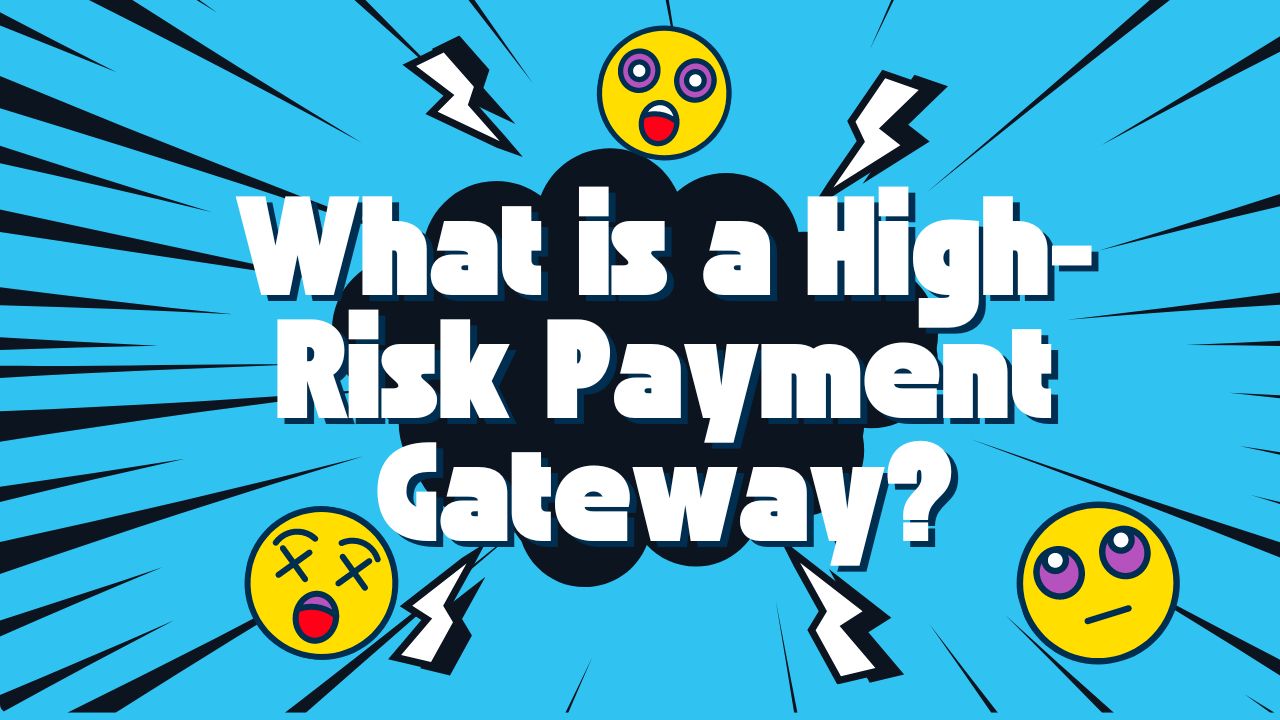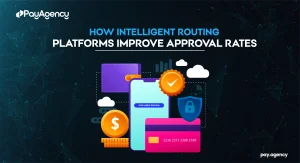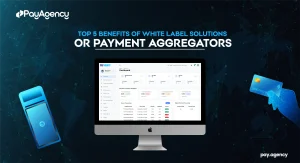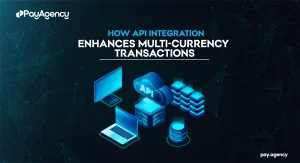Introduction to Payment Gateways
A payment gateway is a technology that enables merchants to process electronic transactions securely, typically for online or card-not-present environments. It serves as an intermediary between a business’s website and its acquiring bank, ensuring that customer payments are authorized and completed securely. A standard payment gateway performs these functions for businesses considered “low risk,” such as retail stores or typical e-commerce businesses with low chargeback rates and minimal fraud concerns.
On the other hand, a high-risk payment gateway is specifically designed to support businesses that fall into categories deemed “high risk” by financial institutions and payment processors. These businesses, which often face challenges such as high chargeback ratios, regulatory scrutiny, and reputational issues, require more robust security measures, specialized fraud detection tools, and tailored risk management strategies to mitigate their unique risks.
What is a High-Risk Payment Gateway?
A high-risk payment gateway is a specialized service that caters to businesses involved in high-risk industries. These businesses operate in environments where the probability of chargebacks, fraudulent transactions, or legal complexities is higher than average. A high-risk payment gateway not only processes payments but also provides additional safeguards to protect both the merchant and the financial institution involved.
High-Risk Payment Gateways Differ from Standard Gateways in Several Key Ways:
- Higher Fees and Costs: High-risk payment gateways typically charge higher fees than standard gateways due to the increased risk of fraud and chargebacks. This includes higher transaction fees, monthly fees, and chargeback fees.
- Specialized Fraud Prevention Tools: These gateways employ advanced fraud detection measures, such as machine learning algorithms, geolocation tracking, device fingerprinting, and 3D Secure protocols, to minimize fraudulent activity.
- Flexible Underwriting Processes: High-risk gateways offer more lenient underwriting processes to accommodate businesses with varying levels of risk. This flexibility enables businesses with less-than-perfect credit or in heavily regulated industries to obtain merchant accounts.
- Rolling Reserves: High-risk gateways often require a rolling reserve, which is a percentage of sales held back by the processor to cover potential chargebacks or disputes. This amount is usually withheld for a set period before being released to the merchant.
- Global Payment Support and Multi-Currency Processing: High-risk gateways frequently support multi-currency processing and cross-border transactions, accommodating businesses that operate globally or in markets with higher risk profiles.
Why Are Certain Businesses Considered High Risk?
A business is considered high risk if it falls into one or more of the following categories:
- Industry Type: Certain industries are automatically classified as high risk due to their historical chargeback rates, fraud risks, or regulatory challenges. Common high-risk industries include online gambling, adult entertainment, CBD and cannabis products, forex trading, nutraceuticals, subscription services, and travel.
- High Chargeback Ratios: Businesses with frequent chargebacks are deemed high risk because chargebacks can indicate customer dissatisfaction, potential fraud, or problematic business practices. A chargeback occurs when a customer disputes a transaction and requests a refund directly from the bank or card issuer, bypassing the merchant.
- Regulatory and Legal Compliance: Businesses in industries that are heavily regulated or face stringent legal requirements are also considered high risk. Examples include online pharmacies, firearms sales, and payday lending, where compliance failures can result in significant legal penalties.
- Reputational Concerns: Industries with reputational risks, such as adult entertainment or dating services, are often labeled high risk by banks and payment processors because of the perceived social stigma or potential legal liabilities.
- Financial Stability and Creditworthiness: Businesses with poor credit history, new startups with limited financial records, or those listed on the MATCH/TMF (Terminated Merchant File) list are considered high risk due to the perceived likelihood of default or fraud.
Differences Between High-Risk and Standard Payment Gateways
1. Fee Structures and Pricing Models
High-risk payment gateways typically charge higher fees to compensate for the increased risk they undertake when working with high-risk businesses. These fees may include:
- Higher Transaction Fees: Standard gateways often charge between 2% to 3% per transaction, whereas high-risk gateways can charge anywhere from 4% to 8% or more, depending on the industry and risk profile.
- Chargeback Fees: High-risk merchants may incur chargeback fees ranging from $20 to $100 per incident, depending on the processor and the volume of chargebacks.
- Rolling Reserves: Many high-risk payment processors require a rolling reserve, which is a percentage (usually 5-10%) of the merchant’s transactions held back to cover potential chargebacks or refunds. These funds are typically held for a period of 6 months before being released.
In contrast, standard payment gateways usually have lower fees and may not require rolling reserves if the business is considered low risk.
2. Differences in Approval Processes and Underwriting Policies
The approval process for high-risk payment gateways is more stringent and involves more in-depth underwriting than for standard gateways. This process may include:
- Comprehensive Risk Assessment: High-risk payment processors conduct a thorough analysis of the business’s financial health, history of chargebacks, compliance with industry regulations, and creditworthiness. This may involve reviewing financial statements, credit reports, and other documentation.
- Flexible Underwriting Policies: High-risk processors often provide customized underwriting terms based on the specific risks associated with the business. This flexibility allows businesses in high-risk industries to obtain merchant accounts even if they have faced challenges like prior account terminations or poor credit.
Standard payment gateways typically have simpler and faster approval processes, with less emphasis on underwriting since the businesses they serve are less likely to experience high chargebacks or regulatory issues.
3. Security Features and Compliance Requirements
High-risk payment gateways are designed with robust security measures to handle the unique challenges faced by high-risk businesses. These security features include:
- Advanced Fraud Detection Tools: High-risk payment gateways use sophisticated fraud detection tools such as AI-driven algorithms, machine learning, and real-time transaction monitoring to identify and mitigate potential fraud risks. This helps in detecting suspicious activity, such as multiple transactions from the same IP address or transactions with mismatched billing and shipping information.
- PCI DSS Compliance: High-risk payment processors are required to comply with the Payment Card Industry Data Security Standard (PCI DSS), which outlines security measures for protecting cardholder data. Compliance involves regular security assessments, data encryption, secure storage of cardholder information, and other protocols to prevent data breaches.
- 3D Secure Authentication: This protocol adds an additional layer of security for online card transactions, requiring cardholders to complete an extra step of authentication (e.g., entering a password or receiving a code via SMS) to verify their identity.
Standard payment gateways also provide security measures, but the level of security and fraud prevention is often less comprehensive than what is offered by high-risk payment processors.
Benefits of Using a High-Risk Payment Gateway
- Tailored Solutions for High-Risk Businesses
High-risk payment gateways provide customized solutions to address the specific needs and challenges of high-risk industries. This includes flexible pricing, tailored underwriting processes, and specialized support for handling chargebacks and disputes. - Enhanced Fraud Protection and Chargeback Management
Advanced fraud detection tools and chargeback management services help high-risk businesses reduce their exposure to fraudulent transactions and mitigate the impact of chargebacks, ensuring better financial stability. - Multi-Currency and Global Payment Support
High-risk payment gateways often support multi-currency processing, allowing businesses to expand their reach globally. This feature is particularly beneficial for businesses that operate across multiple regions or cater to international customers. - Higher Approval Rates
By working with high-risk payment gateways, businesses in challenging industries are more likely to receive approval for merchant accounts, even if they have been denied by traditional payment processors due to their risk profile. - Data Security and Compliance
High-risk payment gateways adhere to strict security standards, such as PCI DSS compliance, to protect sensitive customer information and minimize the risk of data breaches. This level of security is essential for maintaining trust and credibility with customers. - Chargeback Prevention and Dispute Resolution Tools
Many high-risk payment processors offer comprehensive chargeback prevention tools and services, such as real-time alerts, dispute management, and chargeback representation, to help merchants handle chargebacks effectively.
Examples of High-Risk Payment Gateway Providers
Several companies specialize in providing high-risk payment gateway services:
- PayKings: Known for high approval rates, chargeback prevention tools, and no setup fees, PayKings serves a wide range of high-risk industries including CBD, firearms, adult entertainment, and nutraceuticals.
- PaymentCloud: Offers flexible terms, extensive integration options, and dedicated support for businesses in high-risk sectors such as gambling, online gaming, and subscription services.
- Durango Merchant Services: Specializes in offshore processing, multi-currency support, and fraud protection for businesses in high-risk categories like cryptocurrency, forex trading, and payday lending.
- Authorize.net: A long-standing player in the payment processing industry, offering scalable solutions and a secure platform for high-risk merchants.
Each of these providers offers unique features and benefits tailored to the needs of high-risk businesses, making them suitable options depending on the specific requirements of the merchant.
Conclusion
A high-risk payment gateway is an essential tool for businesses operating in industries with elevated risks, such as online gambling, adult entertainment, CBD products, and more. These gateways provide a range of features and services designed to help high-risk businesses navigate the complexities of payment processing, from handling fraud prevention and chargeback management to ensuring compliance with security standards.While high-risk payment gateways often come with higher fees and more stringent requirements, they also offer specialized support and tools that standard gateways do not provide.





